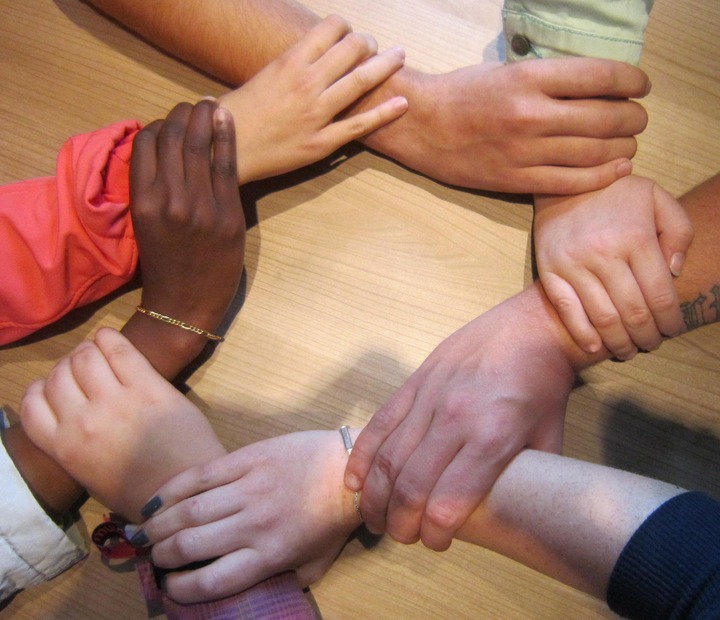Dictionary
Cheerful

- Spanish word:
-
Animado.
- Audio:
Hard-working

- Spanish word::
-
Trabajador.
- Audio:
Reliable

- Spanish word:
-
De confianza.
- Audio:
Selfish

- Spanish word:
-
Egoísta.
- Audio:
Talkative

- Spanish word:
-
Hablador/a
- Audio:

Animado.

Trabajador.

De confianza.

Egoísta.

Hablador/a

Now it’s time to practise the personality adjectives you learnt in the video. Pay attention to their meaning. They can be useful for your final task!
 Practice the personality adjectives.
Practice the personality adjectives. Pay attention to their meaning and their use.
Pay attention to their meaning and their use.Click here to read the subtitles
ADJECTIVES
1. We want to find students to volunteer at school.
2. Who?
3. First, let’s make a list of characteristics.
4. Are you…
HARD-WORKING, SENSITIVE, RELIABLE, SYMPATHETIC, GENEROUS, CHEERFUL
5. Maybe, you are also…
KIND, CREATIVE, FRIENDLY, TALKATIVE, ENERGETIC, PATIENT
6. I’m sure you have some of these qualities!
7. But the list isn’t complete. We need more characteristics!
8. We want people…
GOOD AT SPORTS, INTERESTED IN SOCIAL PROBLEMS, WORRIED ABOUT DIFFICULTIES AT SCHOOL, KEEN ON MUSIC
9. We also need people…
FAMILIAR WITH OTHER LANGUAGES, CURIOUS ABOUT DIFFERENT WAYS OF LIFE, AWARE OF OTHER PEOPLE’S NEEDS, DIFFERENT FROM SELFISH PEOPLE.
10. Volunteer at school and show us your wonderful qualities!
11. Join us!
 Definition:
Definition:
Someone looking happy.
Alguien aparentemente feliz.
Example:He’s very sociable and cheerful.
Él es muy sociable y animado.
 Definition:
Definition:
Dedicated to work.
Dedicado al trabajo.
His projects show he’s hard-working.
Sus trabajos muestran que es muy trabajador.
 Definition:
Definition:
Someone to trust.
Alguien en quien confiar.
Example:You know John is reliable.
Sabes que John es de confianza.
 Definition:
Definition:
Interested only about one self.
Interesado/a en sí mismo/a.
Example:Jane can be very selfish sometimes.
Jane puede ser muy egoísta a veces.
 Definition:
Definition:
Someone that talks much.
Alguien que habla mucho.
Example:You mustn’t be talkative in class.
No debes ser hablador en clase.
Choose the activity you prefer. You will learn personality adjectives to describe people.

Do you remember that some of the adjectives in the video need a preposition? For example, “INTERESTED IN”. Choose the right preposition for each of the adjectives in this ad for volunteers:
Remember the adjectives you saw in the video. Can you match these with their meanings?
Sometimes you can learn the meaning of a word by contrasting it with its opposite. Can you find the opposite of some of the adjectives in the video?

Listen to the ads and write in your notebook three adjectives to describe the person needed for each volunteer job. Remember to show your answer to your teacher. Have a look at this example:
“This person must be ENERGETIC, RELIABLE, and AWARE OF the dangers of a bad diet.”

When we want to begin something is normal to be lost at the beginning. To know your aptitudes and those of others is not always easy.
Failure is a part of learning, do you remember by chance when you first rode your bicycle? Maybe it wasn’t easy at the beginning, but you kept on trying.
When you’re in doubt, follow these directions:
Licensed under the Creative Commons Attribution Non-commercial Share Alike License 4.0